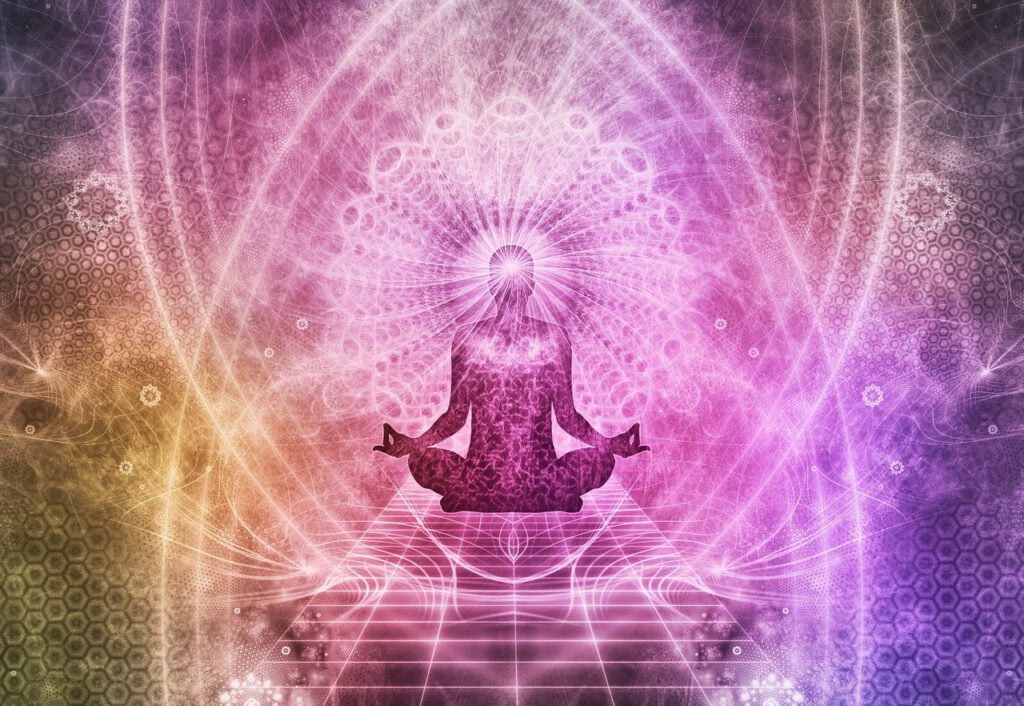
What is transcendental Meditation?
Transcendental meditation is a simple variant of mantra meditation based on ancient Vedic traditions. Maharishi Mahesh Yogi, an Indian sage, brought this practice to the West in the 1950s and since then it has reached millions of people worldwide.
TM is a non-religious form of meditation that aims to calm the mind and expand consciousness. Through the repeated and effortless repetition of an individual mantra, practitioners achieve a state of deep relaxation and inner stillness. In a simplified version, a TM session lasts 20 minutes. At the beginning, a mantra is repeated for ten minutes and then you sit in silence for ten minutes. This is therefore a combination of active and passive meditation.
Advantages of transcendental Meditation
Transcendental meditation offers a multitude of benefits for body and mind. These benefits are the same benefits of any meditation practice that balances the mind, emotions and thoughts. One characteristic in particular arises from the combination of active and passive meditation.
- Improved concentration and clarity: The practice of TM helps to calm the mind and improve concentration through active meditation. By regularly practicing concentration in meditation, many aspects of life where we are actively involved improve.
- Improved relaxation: Through the aspect of passive meditation, our ability to calm the mind improves. We can train ourselves to relax.
- By combining both forms of meditation, we have a reciprocal effect and reinforcement. This is one of the particularly positive characteristics of this meditation technique.
Instructions for the technique of transcendental meditation
- Sit down comfortably and set your alarm clock on your cell phone to ten minutes.
- Now concentrate on a mantra that you have chosen beforehand for ten minutes. If your mind wanders, gently return to the mantra. You don’t have to do anything else.
- After ten minutes, set the alarm clock to ten minutes again.
- Now do nothing and become a passive observer of all the sensations that happen physically and mentally without being drawn away by them.
- If your mind wanders, gently return to passive observation.
- You can then optionally extend the time.
Conclusion
For beginners, learning active and passive meditation is very helpful to achieve quick results. In the course of meditation practice, you can then decide on a path. When choosing a mantra, it is important to receive it from a suitable teacher. The correct recitation of a mantra is essential. The author of this article is of the opinion that a mantra should not be bought, as is the case with the TM association. Mantras were brought to us by the rishis, out of deep meditation. This means that mantras do not belong to anyone, they are a part of the universe just like the human being.